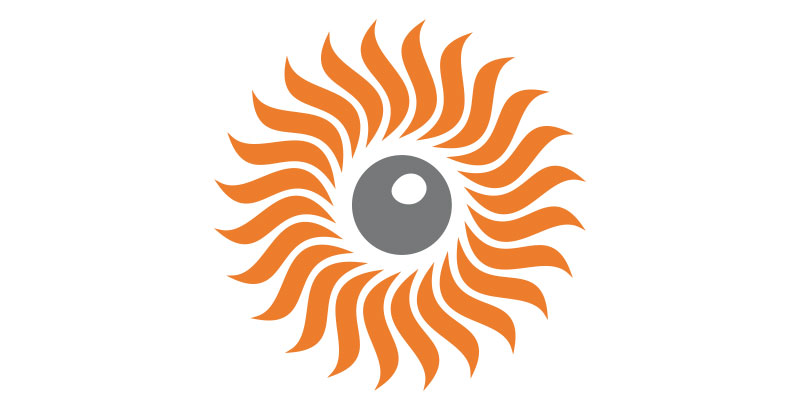Perlara midsummer 2017 updates—We took a temporary hiatus from blogging starting in March right after my Rare Disease Day post. The reason: fundraising. Raising money is personally all-consuming for the CEO, as I’ll attest in an upcoming post. It’s also a persistent distraction for the team, no matter how hard they try to keep their heads down. Fundraising mode will soon be over — for now, of course. I’d like to take this moment first to recap and reflect on some recent developments, and then to preview what’s in store in the weeks and months ahead.
I can’t go into all the details at present, but our collaboration with the Novartis Institute for Biomedical Research is progressing nicely. We’re deep in MoA and target ID experiments for PERL101/P101, our lead asset for Niemann-Pick C. I hope to have something to say about the other two lysosomal diseases programs we’re working on with NIBR soon.
Our three PerlQuest partnerships are also progressing nicely. Just last week, Tamy and I attended the 4th Grace Science Foundation research conference for NGLY1 Deficiency. We have 95% of a manuscript ready for submission; we’re waiting on one more confirmatory experiment before calling it a wrap. The manuscript will go to bioRxiv as a preprint first, and then to an open access journal. We’ve already completed 2 of the 3 stages of the NGLY1 PerlQuest. We’re excited to move on to the HTS stage with our fly and worm models in parallel.
Our Niemann-Pick A/B (Acid Sphingomyelinase Deficiency) PerlQuest is the next most advanced. We have null and novel hypomorphic allelic series in flies in-house. We’ve also phenotyped a NPA worm model and found what we believe are promising screenotypes. Rounding out our initial batch of PerlQuests is PMM2-CDG. We’ve validated novel yeast PMM2/SEC53 models in a growth assay, which is ready for a pilot screen. (I’ll get back into the lab myself in August to run it). We also generated a F119L knock-in mutant, which we’re phenotyping now. Novel fly mutants are still being generated, though in the interim we replicated the developmental delay and small larval size phenotype of a PMM2 fly model constructed and published by an academic lab.
Looking ahead, our immediate focus is to expand the team. We will add another team member to each of our model org (and human cell) groups in the short-term. In the medium-term, we’ll continue to bolster each group and then initiate searches for a hardware engineer, software engineer and data scientist. We’re also keen to activate collaborations that have lain dormant while we were in fundraising mode. For example, we’re especially excited to work with FlySorter on fly HTS and fly husbandry automation.
By the Fall, the team will be back in team blogging. Till then, enjoy the summer conference and vacation season!


